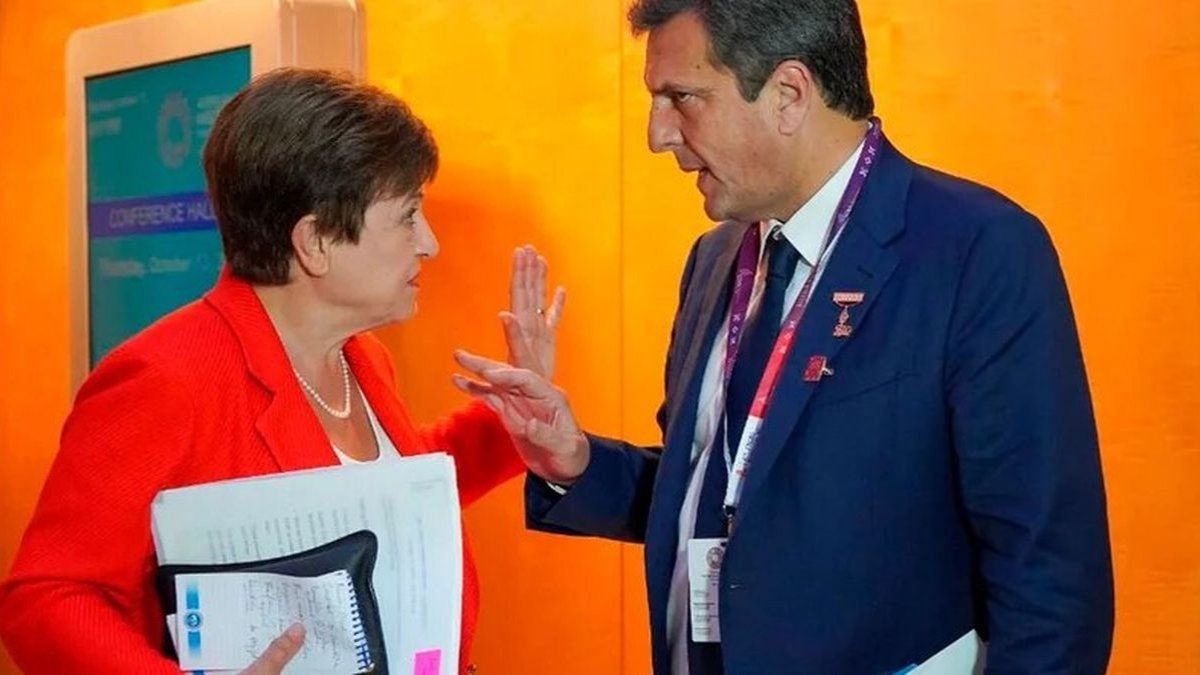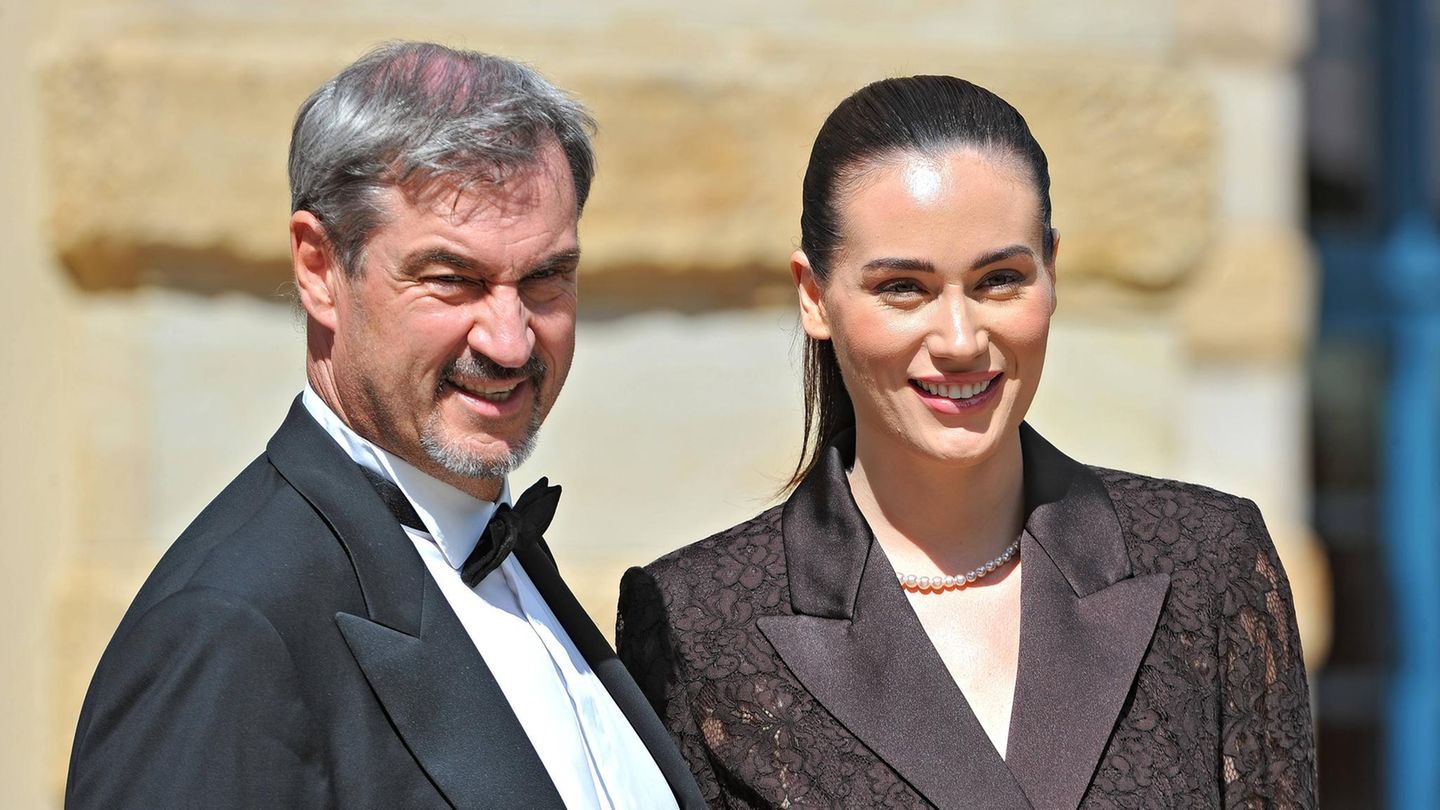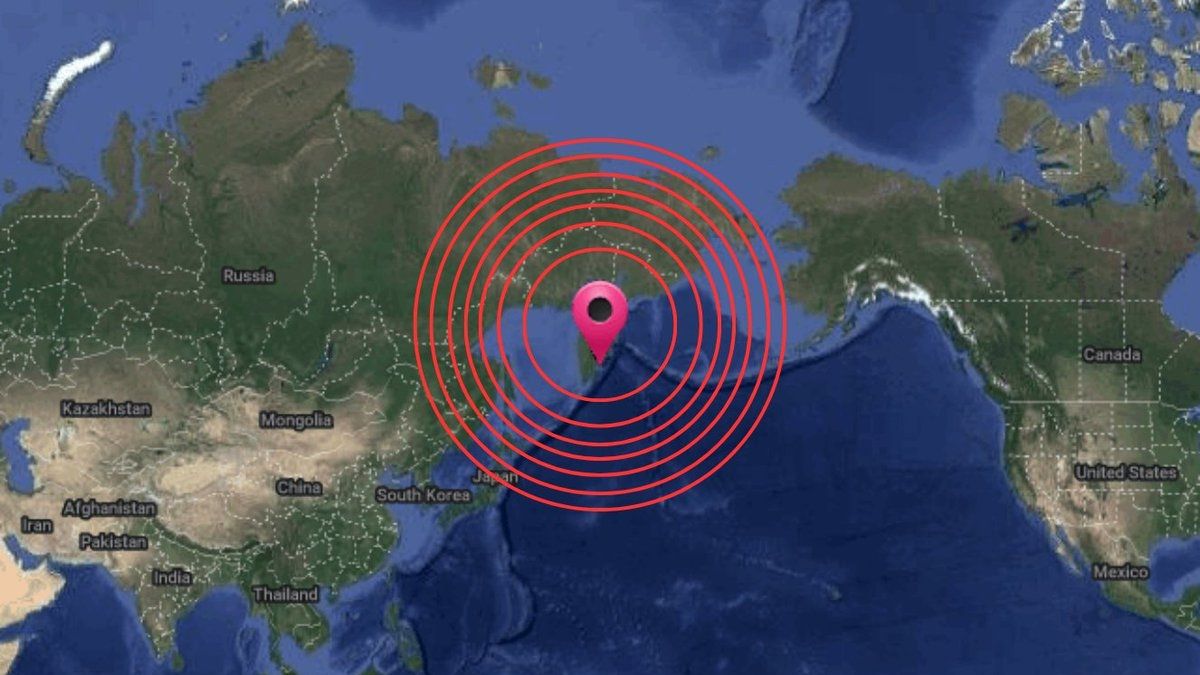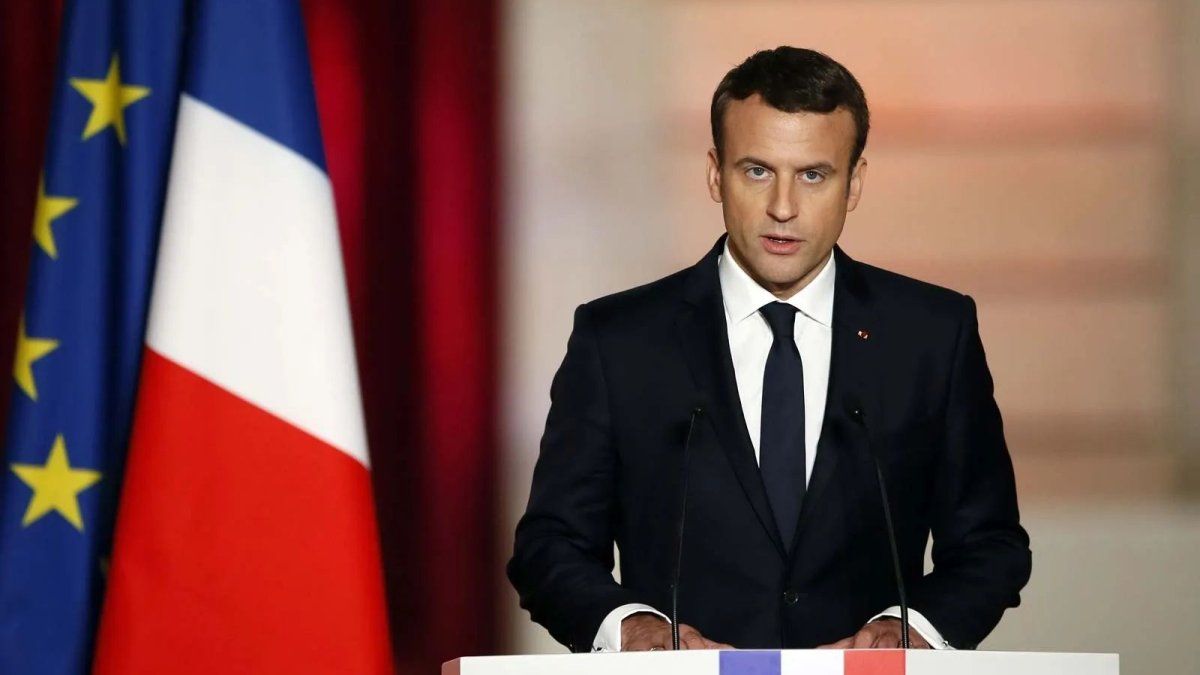So far this year, the interest rate that Argentina pays to International Monetary Fund (IMF) It rose from 7.1% to 8.2%, making sovereign debt even more expensive, by raising the total interest bill to more than US$3.2 billion annually.
According to a report prepared by the Congressional Budget Office (CPO)which attributes responsibility for the rise to the increase in international rates.
In this way, the interest on the debt is already equivalent to the budget per universal child allowance (AUH)he family salarythe food policies and the Empower Work program.
Debt interest exceeded social spending, which has largely been falling
According to the behavior of the global economy, Debt interest payments are the item that has been increasing the most in the National Budget and is equivalent to what the Government spends on social policies. As of September 30, interest on the debt totaled $2.3 trillion, which showed real growth above the inflation which was 11.5%.
This increase is explained “mainly by the higher interest payments for foreign loans, in a context of rising international interest rates. “Payments to the IMF accumulated $514,921 million in the year.”
Interest payments to the IMF exceed AUH spending
Meanwhile, the payments of the Universal Child Allowance (AUH) They totaled $483,872 million, a real drop of 14.4%. The Family Allowances for workers and retirees They totaled $580,230 million, a decline of 35.6%. The Empower Work programs They accumulated a total of $662,952 million in 9 months, a real drop of 1.6%. and the item Food Policies totaled $480,272 million, a decrease of 6.2%.
These four items, linked to policies or social spending, add up to $2,207,326 million as opposed to the $2,300,638 million of interest.
The OPC Report warns that “social benefits ($12,116,485 million) showed a negative variation, accumulating a drop of 7.1% in the third quarter of 2023.”
Furthermore, he observed reductions in retirements and pensions (-3.5%), in the family’s asignations (-27.4%) and in the social programs (-12.6%). On the other hand, there was evidence increase in non-contributory pensions (4%).
Fall in pension spending: pensioners who did not receive bonuses lost 7.8%
With regards to the retirements and pensionsthose who did not receive any bonus had a strong loss compared to inflation, which adds to what was already depreciated in 2020, 2021 and 2022.
According to the OPC, in these first nine months, “the fall in pension spending was mainly explained by the gap between the update of salaries adjusted by the mobility formula and inflation.”
For the lowest-income retirees, the fall is attenuated by the application of bonuses ($10,000 in January and February, $15,000 between March and June, $17,000 in July, $20,000 in August and $37,000 in September.”
“Discounting the expenses allocated to the payment of the bonuses, the drop in spending on retirement and pensions is 7.8% year-on-year“, they highlighted in the OPC report.
The assets updated only by the mobility formula (not reached by the bonds) showed a reduction in purchasing power of 13.8% year-on-year in the third quarter of 2023, while the minimum assets practically equaled inflation (0.5%) .
Source: Ambito




